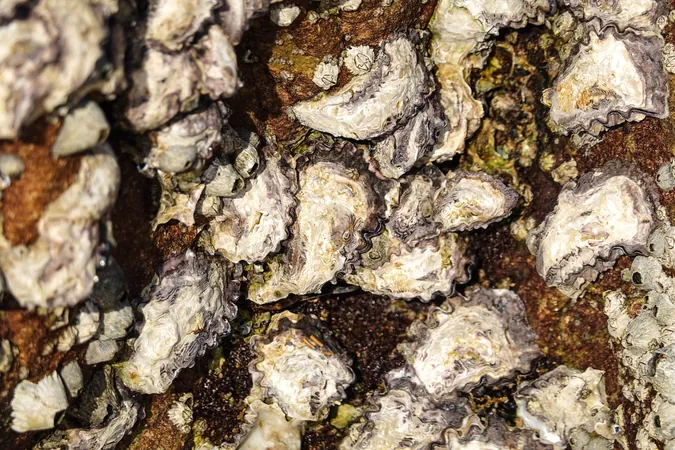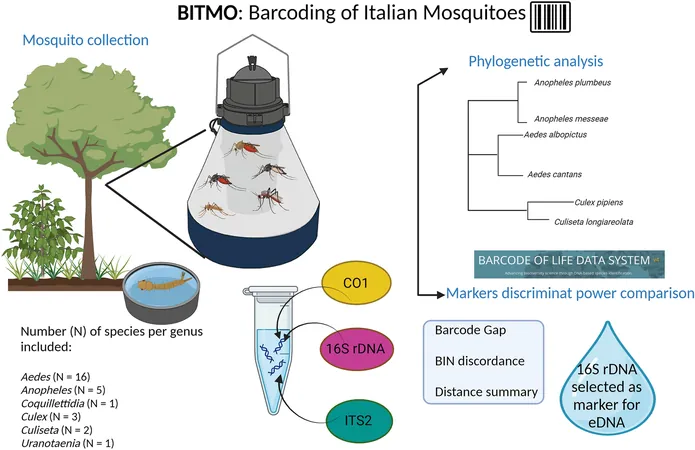
Yeast Talk: How Tiny Microorganisms Adapt to Food Shortages!
2024-09-24
Introduction
In a fascinating revelation, researchers at FMI have uncovered that yeast cells, much like humans, engage in a kind of "conversation" to tackle food shortages. These minuscule organisms can adjust their nutrient sources when faced with environmental changes, illustrating a remarkable survival strategy that could have broader implications for understanding cellular communication.
The Research
The study, published in the prestigious *The EMBO Journal*, focuses on the fission yeast *Schizosaccharomyces pombe*, a model organism that has been at the forefront of research due to its similarities to higher eukaryotes. Lead researcher Shin Ohsawa from the Bühler lab, in collaboration with experts from the RIKEN Center for Sustainable Resource Science and the University of Tokyo, delved into how these yeast cells prepare for potential deprivation of their favored food sources.
Key Findings
Previously, the team identified a group of important molecules known as Nitrogen Signaling Factors (NSFs) that play a critical role in this communication process. However, the pivotal question remained: how do these molecules influence yeast to pivot towards less desirable nutrients? Ohsawa and his collaborators found that elevated levels of NSFs initiated a shift in gene expression, pushing yeast cells to explore alternative nutrient options when their primary sources were under threat.
Methodology
Their groundbreaking research utilized chemically altered molecules to track the interactions between NSFs and specific proteins in yeast, leading to the discovery that these signaling factors directly interact with a mitochondrial protein integral to metabolism. This interaction maximizes the yeast's growth potential in anticipation of nutrient scarcity.
Implications
These findings not only shed light on the adaptability of yeast but also underscore a universal strategy for nutrient acquisition and survival across species. As practical applications of this research emerge, industries reliant on yeast, such as baking and brewing, may find new ways to enhance production efficiency and resilience in the face of resource fluctuations.
Conclusion
As we continue to explore the hidden conversations of microorganisms, we unveil not just the secrets of a simple yeast's survival, but the intricate dance of life that persists at the microscopic level. Stay tuned for more revelations in the world of cellular communication—this is just the tip of the iceberg!




 Brasil (PT)
Brasil (PT)
 Canada (EN)
Canada (EN)
 Chile (ES)
Chile (ES)
 España (ES)
España (ES)
 France (FR)
France (FR)
 Hong Kong (EN)
Hong Kong (EN)
 Italia (IT)
Italia (IT)
 日本 (JA)
日本 (JA)
 Magyarország (HU)
Magyarország (HU)
 Norge (NO)
Norge (NO)
 Polska (PL)
Polska (PL)
 Schweiz (DE)
Schweiz (DE)
 Singapore (EN)
Singapore (EN)
 Sverige (SV)
Sverige (SV)
 Suomi (FI)
Suomi (FI)
 Türkiye (TR)
Türkiye (TR)